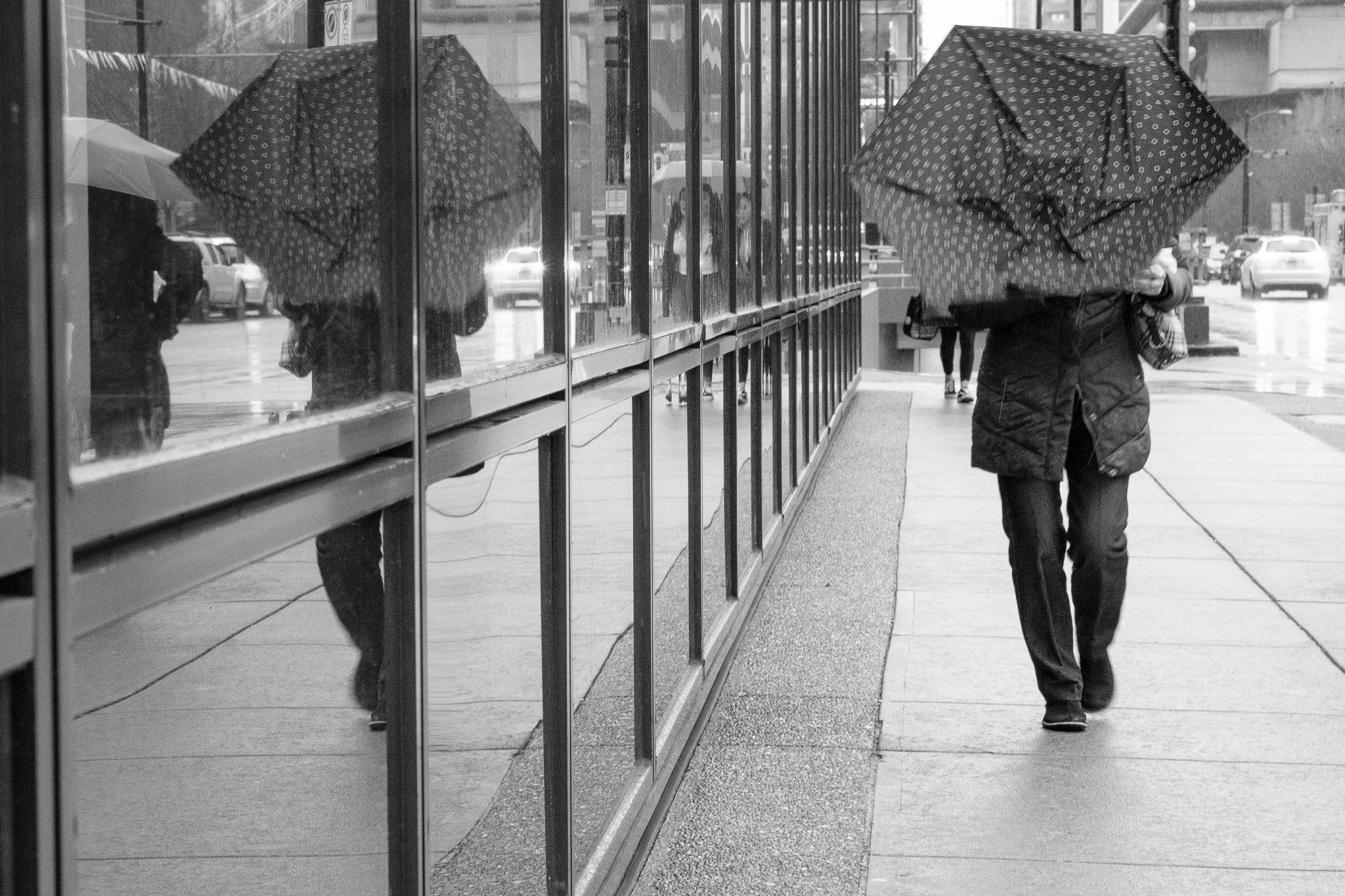Not known Facts About Framing Streets
The smart Trick of Framing Streets That Nobody is Discussing
Table of ContentsFascination About Framing StreetsFraming Streets - TruthsThe Basic Principles Of Framing Streets The Facts About Framing Streets UncoveredThe Main Principles Of Framing Streets Some Known Factual Statements About Framing Streets
, normally with the purpose of catching photos at a decisive or touching moment by cautious framing and timing. https://profile.hatena.ne.jp/framingstreets1/.
Facts About Framing Streets Revealed
Susan Sontag, 1977 Road photography can concentrate on people and their habits in public. In this regard, the road digital photographer resembles social docudrama professional photographers or photojournalists who also operate in public places, yet with the aim of recording newsworthy events. Any one of these photographers' images may catch individuals and property noticeable within or from public places, which typically involves browsing ethical problems and laws of personal privacy, security, and residential or commercial property.
Depictions of everyday public life develop a category in almost every period of globe art, beginning in the pre-historic, Sumerian, Egyptian and early Buddhist art periods. Art managing the life of the street, whether within sights of cityscapes, or as the dominant concept, appears in the West in the canon of the Northern Renaissance, Baroque, Rococo, of Romanticism, Realistic look, Impressionism and Post-Impressionism.
A Biased View of Framing Streets
Louis Daguerre: "Blvd du Holy place" (1838 or 1839) In 1838 or 1839 the first photograph of numbers in the road was videotaped by Louis-Jacques-Mand Daguerre in one of a set of daguerreotype sights extracted from his workshop window of the Blvd du Temple in Paris. The second, made at the height of the day, reveals an uninhabited stretch of road, while the other was taken at about 8:00 am, and as Beaumont Newhall records, "The Blvd, so continuously filled up with a moving bunch of pedestrians and carriages was flawlessly solitary, other than a person that was having his boots combed.
, that was influenced to carry out a similar documentation of New York City. As the city developed, Atget assisted to promote Parisian roads as a deserving topic for digital photography.

The Basic Principles Of Framing Streets
Between 1946 and 1957 Le Groupe des XV every year showed job of this kind. Andre Kertesz. Circus, Budapest, 19 May 1920 Street photography created the major content of two exhibits at the Museum of Modern Art (Mo, visit site MA) in New York curated by Edward Steichen, Five French Professional Photographers: Brassai; Cartier-Bresson, Doisneau, Ronis, Izis in 1951 to 1952, and Post-war European Digital Photography in 1953, which exported the concept of road photography internationally.

Some Known Details About Framing Streets
, after that an educator of young youngsters, associated with Evans in 193839.'s 1958 book,, was substantial; raw and commonly out of emphasis, Frank's pictures questioned conventional digital photography of the time, "tested all the formal rules laid down by Henri Cartier-Bresson and Pedestrian Evans" and "flew in the face of the wholesome pictorialism and sincere photojournalism of American magazines like LIFE and Time".